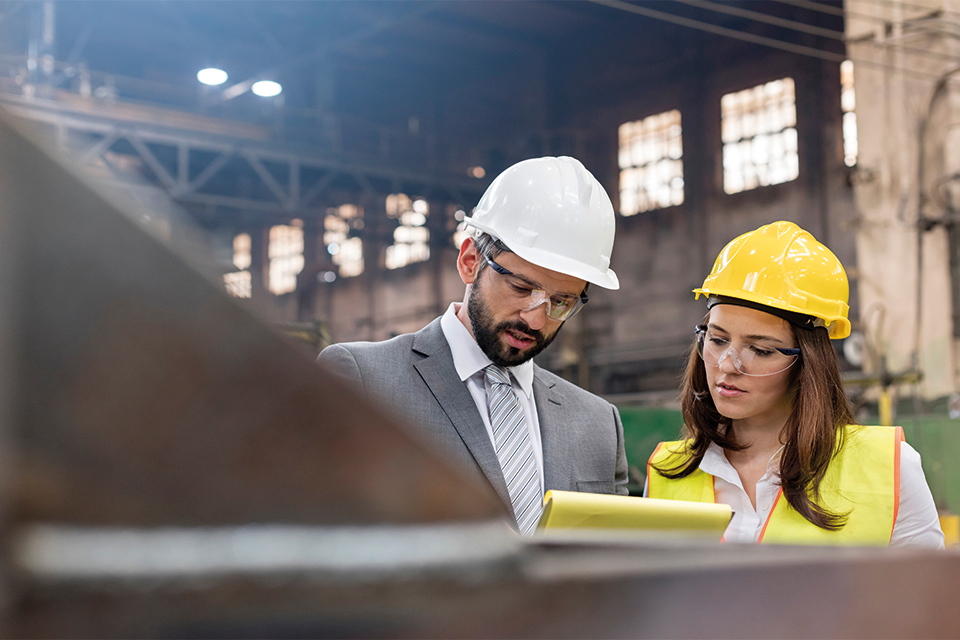2018-01-09
Planning for a Gas Monitoring System

Do you need a gas monitoring system? Then you already know which gases you want to monitor, you probably have an idea of measurement ranges and accuracy requirements, and perhaps you have a budget for the system. But which other aspects have to be considered, and how do you actually design the system?
Whether it is about air quality monitoring, continuous emissions monitoring, or process control, the aspects to consider are similar. First of all, you probably face budget constraints. However, keep an open mind: you usually get what you pay for. In some cases, it is quite fine with a short system lifetime and limited performance characteristics, but durability and quality come with a price. You should also look at total cost of ownership over the lifetime of the system, not just the initial investment to acquire the system.
Performance characteristics such as measurement ranges, detection limits and accuracy add a second dimension to the equation. One source of such information is of course the different manufacturers’ data sheets and other marketing material, but if available, you should also look for independent performance evaluations of the gas analysers of interest. One such source, which also provides convenient comparisons between manufacturers and models, is www.qal1.de where German TÜV publishes test reports based on European standards for monitoring equipment.
Good measurement performance is nice to have, but it is not the only critical parameter. High availability of data is equally important. To achieve high availability, you should choose a gas monitor with low maintenance needs, and with references, which can vouch for the performance and availability in real life applications.
By now, you may have an idea of which individual gas monitors and other detectors you wish to use. Then it is time for integration. How can the individual signals be captured, and where is the data supposed to be sent? You need a versatile data-logging system with flexibility to support both current and future needs, both in terms of communication interfaces, security, and expansion capabilities.
With the list of gas analyser(s) and other individual devices completed, it is time to look at the practical aspects. Where is the system to be placed? Whether placed in a city centre or in an industrial context, you will need some shelter to house and protect the equipment. It should be safe to access and secure against intrusion. If located outdoors, it must be protected against harsh weather, and it most likely needs air condition to keep the instrumentation inside at appropriate operating conditions. Do not forget to agree with land/plant/site owners, get planning permits as necessary, establish power supply and in some cases air supply, and to facilitate site access for installation and maintenance staff!
Then it is “just” to purchase the material, execute the plan for installation, and initiate the maintenance program. You will get rich pay-back on every single minute spent on design and planning of your gas monitoring system.
